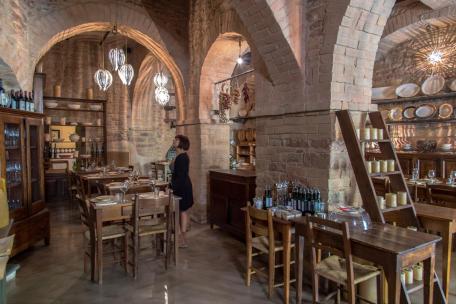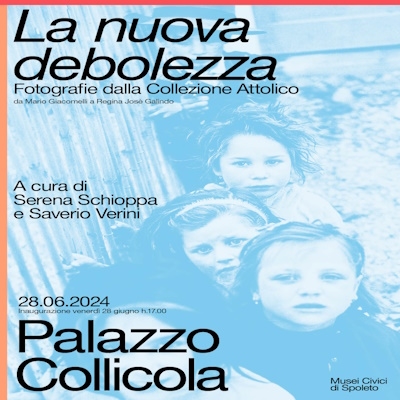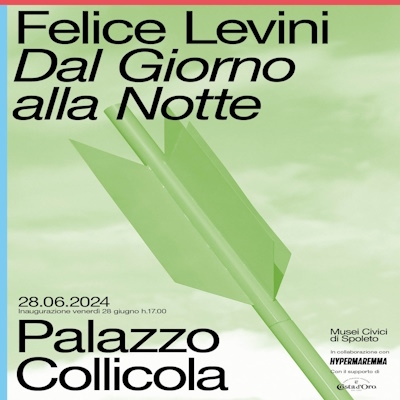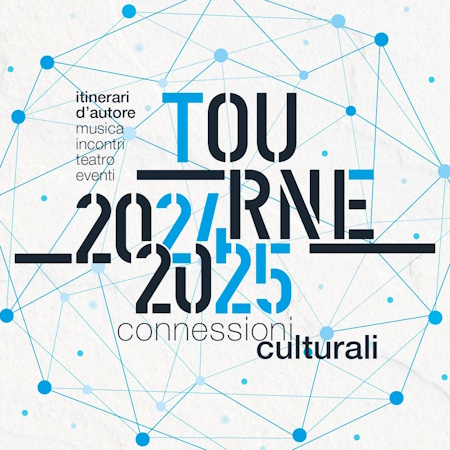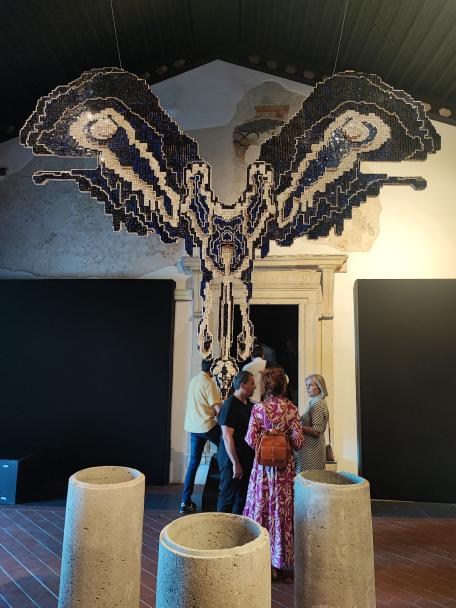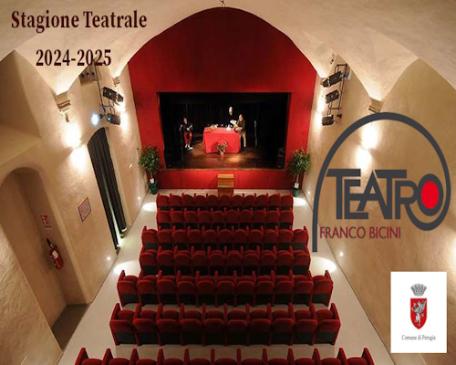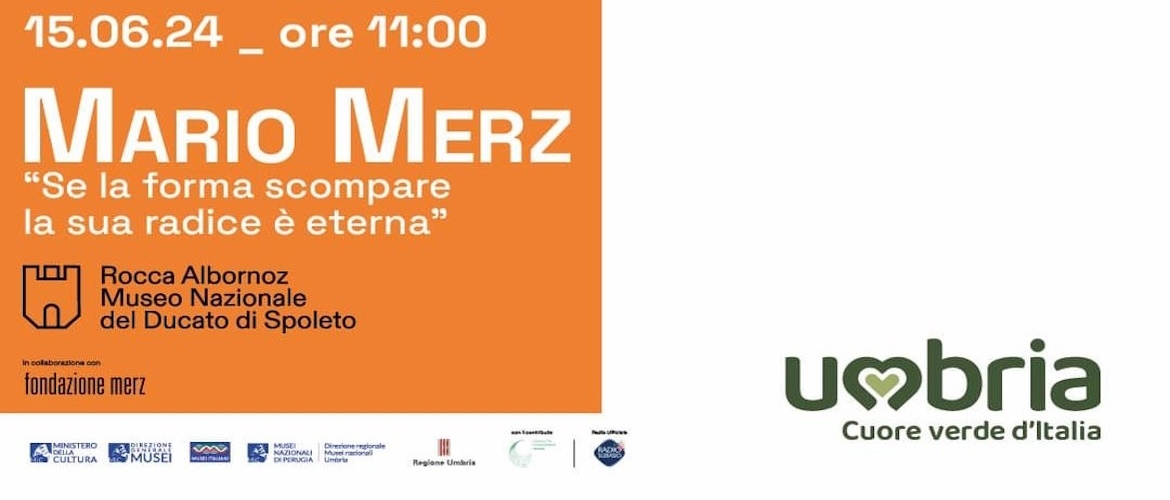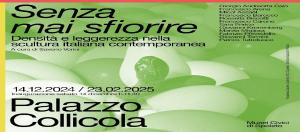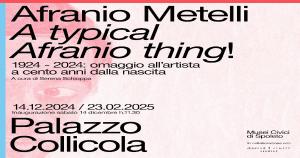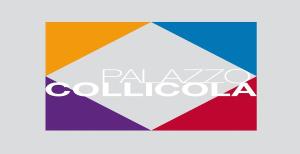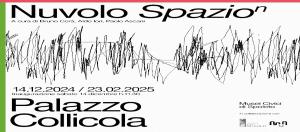Mario Merz - Se la forma scompare la sua radice è eterna
As part of 'La Sottile Linea d'Umbria', the exhibition 'Mario Merz. Se la forma sparare la sua radice è eterna' (If the form disappears its root is eternal), dedicated to one of the main Italian artists of the 20th century and realised in collaboration with the Fondazione Merz of Turin.
The Cortile d'Onore and the two monumental halls of the fortress will host some of the most significant historical installations by the artist, who is present in the permanent collections of the world's leading contemporary art museums, from the MoMA in New York to the Pompidou in Paris.
The monumental rooms of the Rocca will house Merz's famous igloos, in which the simplest form of home ever devised by mankind becomes the tool for constructing zones for sharing ideas and meditations on the mystery of Nature and relationships.
In 1967, critic Germano Celant coined the name Arte Povera to link the work of a group of young artists, united by their reflection on the energy that emanates from raw natural materials, untampered with by man. Thus exceptional installations were born, such as those by Jannis Kounellis or Giuseppe Penone, and the iconic ones by Mario Merz, who works on natural elements, their evolution and the connections between the natural world and mankind.
The exhibition at the Rocca presents both installations and paintings, which are useful to immerse oneself in the complex and fascinating world of the artist.
Mario Merz (Milan, 1925 - 2003), was one of the main exponents of Arte Povera, and is part of the wake of Italian artists, active between the 1970s and 1980s, who contributed to the spread of new trends and experimentation in art, starting with the classic work painted on canvas and ending with installations bearing thoughts and philosophical lucubrations.
The elements to which the artist has entrusted his artistic message are: the neon tubes that he recycles to express vital energy; the igloo-shaped installations, which refer to ancient archetypes and serve to investigate the relationship between the work of art and the surrounding space; the Fibonacci numerical series, which suggests reasoning on the growth of the individual.
For further information:
website: Lasottilelineadumbria















